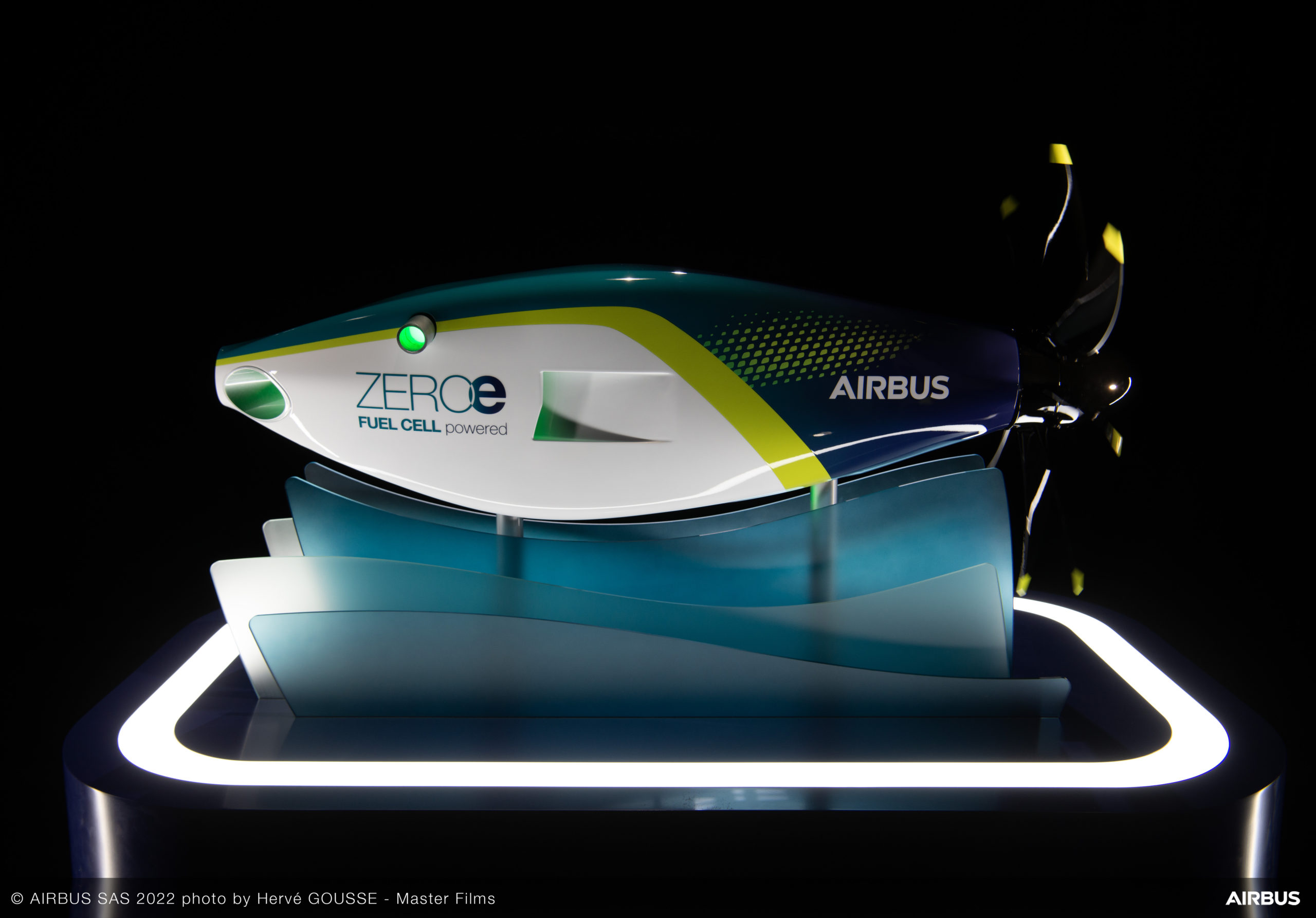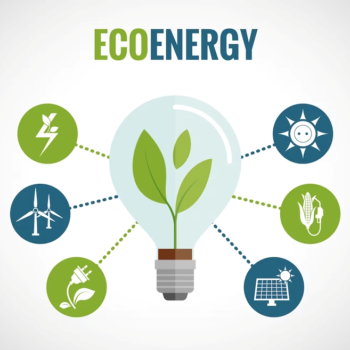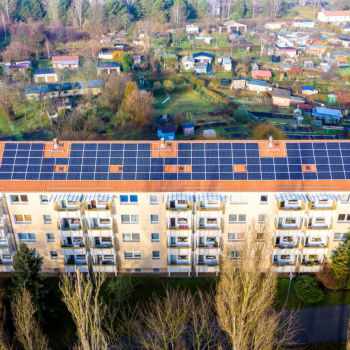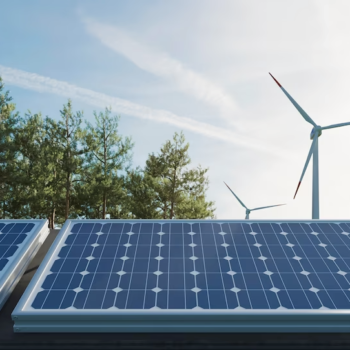|
|
Power-to-liquid fuel is one of the most promising alternatives for sustainable aviation. It’s also one of the most environmentally-friendly options available and provides many unique benefits.
What Are the Benefits of Sustainable Fuel?
Sustainable aviation fuels (SAFs) can provide many significant benefits to aviation. Although aircraft only make up around 8% of the greenhouse gas emissions in the transportation industry as of 2021, there’s still room for improvement.
SAFs have several benefits:
- Fewer emissions: SAFs produce much fewer greenhouse gas emissions than regular jet fuel.
- Easy transport: SAFs don’t need special transportation methods. They can travel through pipes and filling stations that already exist.
- Simple production: Making sustainable fuel is relatively easy because there’s a limitless supply of renewable power. It can quickly scale to meet demand.
- Efficient flying: SAFs can be much easier on an aircraft’s engine.
- Easy mixing: Regular jet fuel can mix with SAFs, so airlines can use as much or little as they need.
- Fewer resource requirements: Collecting the necessary materials for SAF is straightforward. Most sources come from carbon emissions, waste or renewable energy.
If the aviation industry switches to SAFs, it will reduce its greenhouse gas emissions and have a much more positive impact on the environment. They’re also reasonably easy to produce, transport and store, increasing the chance more companies will use them.
What Is Power-to-Liquid Fuel?
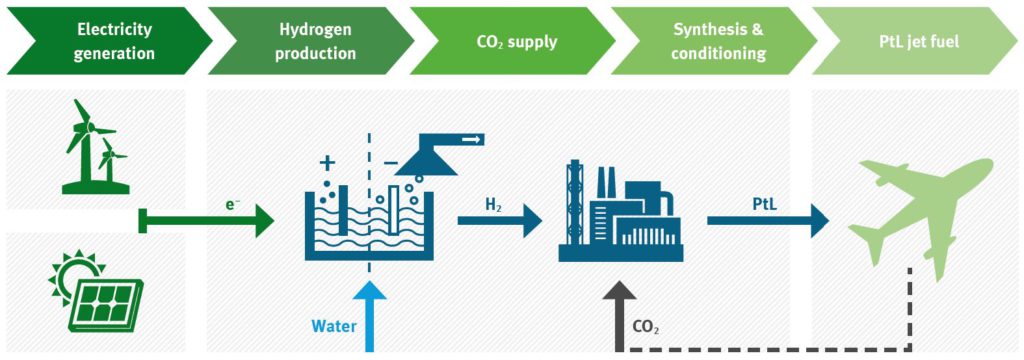
Power-to-liquid fuel is a type of Sustainable Aviation Fuel (SAF) that only contains renewables instead of using waste or biological materials like plants. To make it, a facility takes the hydrogen out of water, carbon dioxide from the air and electricity from renewable energy, and puts it through a refinement process.
It combines everything to make a synthetic gas of hydrogen and carbon monoxide, which it then turns into jet fuel. The technology reduces greenhouse gas emissions using more complete combustions.
Facilities can also get materials to make it from less sustainable sources. For example, industrial buildings and power plants create a lot of carbon dioxide — capturing and using it to make SAFs can cut over 90% of their emissions on average. One of the best things about power-to-liquid fuel is producing it can reduce multiple industries’ emissions. On top of being environmentally friendly itself, it can also improve others.
How Sustainable Is Power-to-Liquid Fuel?
Power-to-liquid fuel is incredibly sustainable and wth extra care, it can be entirely carbon-neutral. For example, it can lower up to 100% of greenhouse gas emissions by getting materials from environmentally-friendly sources.
For example, one SAF company in New York is sourcing local materials to make power-to-liquid fuel. It captures carbon dioxide by putting a compressor atop a nearby industrial building’s smokestack. This dramatically reduces greenhouse gas emissions because nothing needs to travel long distances to get to it — its entire process stays within a single city.
Also, it’s beneficial for the future of SAFs. While it doesn’t have commercial airlines as clients, it does supply transportation and military aircraft. Its process proves running a power-to-liquid fuel business is possible. The industry needs to make profits, so seeing proof of the concept is crucial.
Will Commercial Airlines Use Power-to-Liquid Fuel?
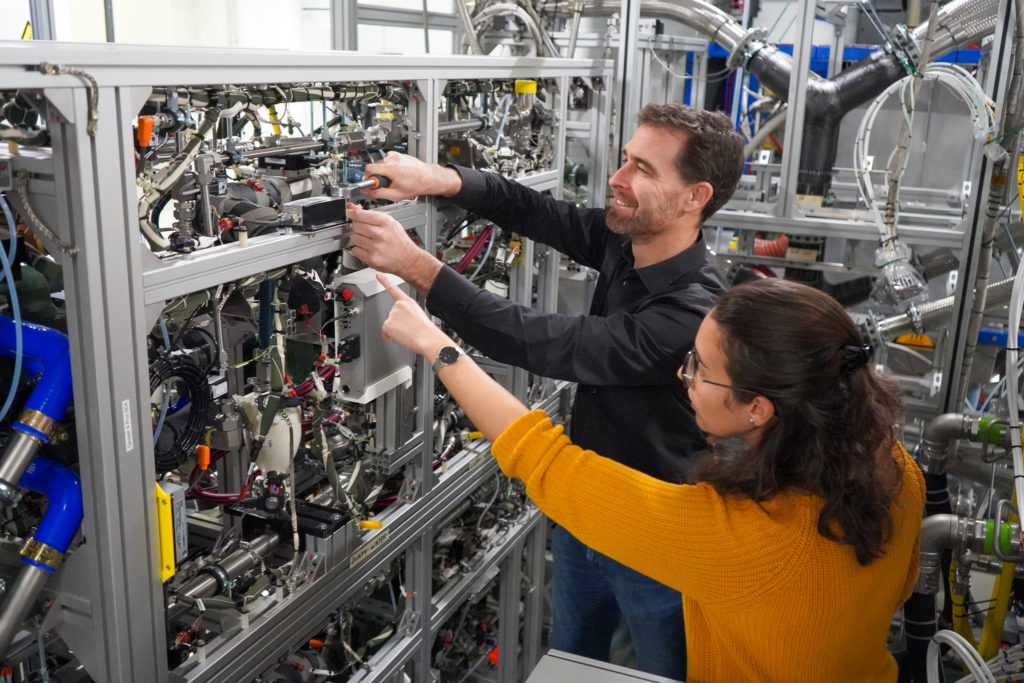
Commercial airlines may not be using power-to-liquid fuel yet, but doing so is quickly becoming a better option. Most importantly, they can significantly reduce their carbon footprints with SAF. Also, they can use their existing infrastructure to transport it, so they wouldn’t have to make any massive changes. Still, many are hesitant because it is more expensive than regular jet fuel, but that may soon change.
Some federal programs lower the price, which may encourage them. For example, the United States government passed a few acts that might enable commercial airlines to use power-to-liquid fuel. The 2022 Inflation Reduction Act offers them a $1.25 credit for every gallon they use — extra if their mixture is over 50% sustainable.
What Is the Future of Sustainable Aviation Fuel?
The aviation industry uses a ton of jet fuel every month. Airlines in the United States used more than 1.4 billion gallons in January 2023 alone. Using SAFs instead is a straightforward way for them to become more sustainable. They could even substitute only half with power-to-liquid fuel and still make a big difference.
There are big changes on the horizon for SAFs. Most experts predict they will become more affordable and much more available as they grow in popularity. For instance, they expect the cost of capturing carbon from the air to decrease by more than 80% by 2050. The great thing about renewables is they’ll always be around. Although completely switching to sustainable fuel alternatives would be ideal, there’s no time limit to do so.
Since materials will likely become less expensive, more airlines will adopt them. It may take a few years, but the widespread use of SAFs is quickly approaching. The future of sustainable aviation relies on environmentally-friendly fuel.
Powering Flight With Power-to-Liquid Fuel
Using power-to-liquid fuel can significantly reduce greenhouse gas emissions. Airlines won’t even need to build any new structures to store or transport it since it can travel through the existing infrastructure. While it’s still more expensive than the traditional option, programs and methods exist to make it more affordable. Overall, it signals the start of the future of sustainable aviation.
